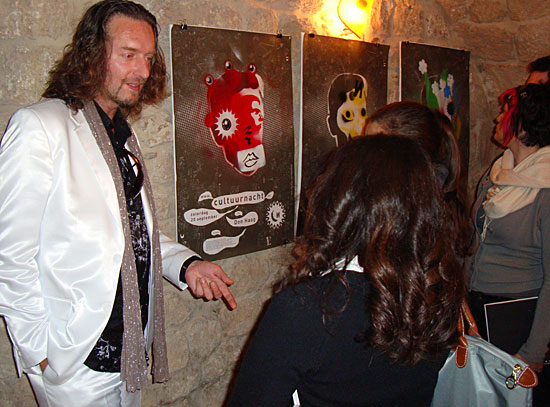I read in
Nafas art magazine
(a project of the Institute for Foreign Cultural Relations of Germany (ifa) in cooperation with Universes in Universe http://universes-in-universe.org) an interview conducted with the dean of the faculty of Architecture and Design (2004) of the American University of Sharjah,
Dr. Martin Giesen.
He was asked: "Where does the term 'American University' come from?"
I quote Dr. Giesen: "Well, you could almost call it a brand name – but a brand not actually owned by anyone. I call it a brand name since in the Middle East there have existed (and still do) two famous American universities – one in Cairo and another in Beirut. The Beirut institution, founded in 1866 as a Syrian protestant college, has been in existence for more than 140 years. The universities in Cairo and Beirut have so great a reputation among the Arabs, and among Gulf-based Arabs in particular, because in the past no other universities existed here, nor in Saudi Arabia, Kuwait, Qatar or anywhere else. The majority of gifted students, largely male students, were sent to either AUB or AUC."
I find that fact quite interesting and it really puts in question the reasons behind the reputations of all the 'Amercian univeristy of..' in the Middle East and their respective teaching programs.
http://universes-in-universe.org/eng/nafas/articles/2004/aus_sa_d




